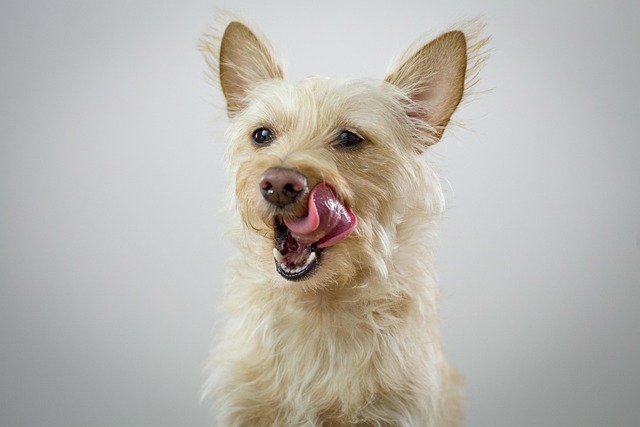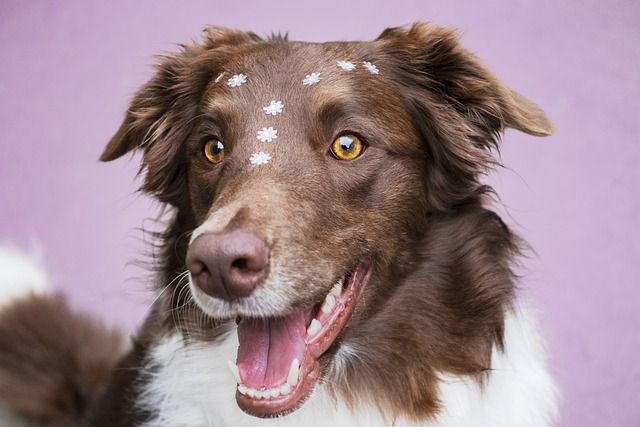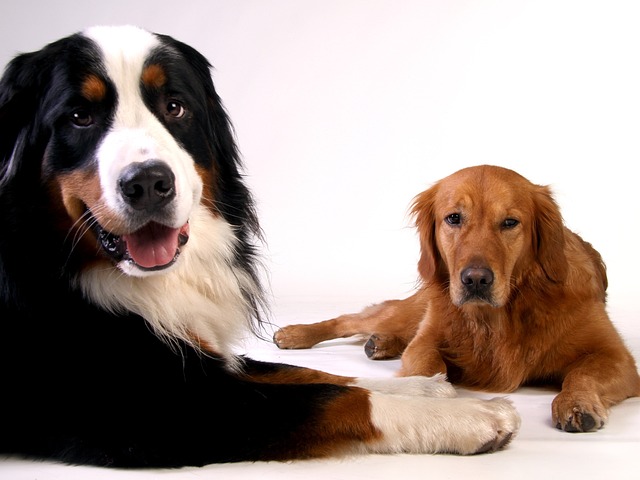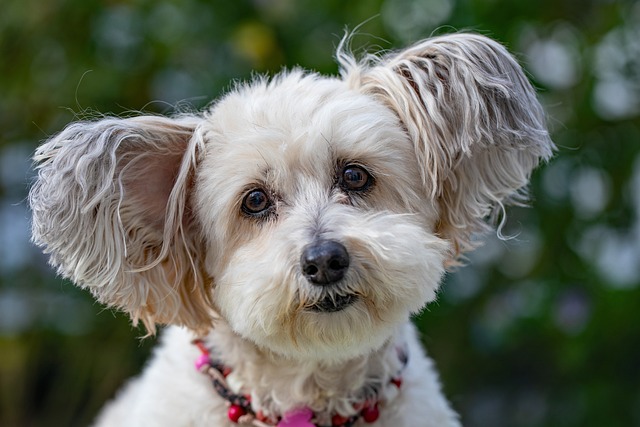
How Can You Tell If Your Dog Is Truly Full
Watching your dog lick their bowl spotless often feels reassuring – surely they’re satisfied? But that clean dish doesn’t always mean a full belly, and constant begging can leave you second-guessing.
We’ve all seen it – your dog attacks their meal like it’s their last, inhaling kibble in seconds without a single chew. While it might seem comical or just enthusiastic, this frantic gulping poses real health risks and needs gentle management. Understanding why they do it and implementing safe, effective strategies is key to protecting their wellbeing, aligning with responsible pet care practices expected in communities worldwide.
First, rule out underlying causes. Extreme hunger can stem from medical issues like parasites, diabetes, Cushing's disease, or malabsorption problems. Certain medications can also increase appetite dramatically. A sudden onset of ravenous eating warrants a prompt veterinary check. Your vet can identify or rule out health triggers, ensuring you address the root cause, not just the symptom. This is fundamental preventative care and part of your duty as a responsible owner under general animal welfare principles.
If health is clear, consider behavioral drivers. Competition is a major factor in multi-dog households – dogs feel they must eat fast before another takes their food. Rescue dogs or those with a history of food scarcity might retain deeply ingrained "survival mode" eating habits. Boredom or high food drive in certain breeds can also contribute. Understanding the 'why' helps tailor your solution effectively and compassionately.
Slow feeding tools are game-changers. Invest in a well-designed slow feeder bowl or puzzle mat. These create physical obstacles, forcing your dog to navigate nooks and crannies, significantly extending mealtime. Choose options made from durable, food-safe materials (BPA-free plastics, silicone, or stainless steel) meeting EU/US pet product safety standards. Start with easier puzzles and gradually increase difficulty. This transforms eating into a mentally stimulating activity, satisfying their natural foraging instincts safely.
Adjust how you feed. Instead of one large meal, split their daily ration into 3-4 smaller portions. Scatter kibble over a large, clean floor mat or grassy area (weather permitting) encouraging sniffing and searching. Hide small portions around a room for them to find. Use food-dispensing toys like Kongs or snuffle mats for portions of their meal. These methods naturally slow intake and provide valuable mental enrichment, reducing anxiety-driven gulping.

Create a calm, competition-free zone. Feed anxious or competitive dogs in separate, quiet rooms. Ensure each dog has their own bowl spaced well apart. Stand calmly nearby without hovering, projecting relaxed energy. Using non-slip bowls on a mat prevents chasing the dish, reducing stress. This respects their need for security during vulnerable moments like eating.
Ditch dangerous "solutions". Adding water to dry kibble increases bloat risk and doesn't teach slower eating. Large rocks in the bowl are a choking hazard. Ice cubes pose choking risks and don't meaningfully slow intake. Avoid "free feeding" (leaving food out all day) – it disrupts routine, hinders potty training, and doesn't teach mindful eating. Stick to science-backed, safe methods.
Know the real dangers. Gulping air massively increases the risk of Gastric Dilatation-Volvulus (GDV or bloat), a life-threatening emergency requiring immediate surgery, especially in deep-chested breeds. Unchewed food is harder to digest, leading to vomiting, regurgitation, or potential intestinal blockage. Choking is a constant risk. Preventing these emergencies through management is a core aspect of responsible ownership and aligns with animal welfare obligations.
Be patient and consistent. Changing ingrained habits takes time. Combine slow feeders, environmental changes, and smaller, more frequent meals. Celebrate calm moments, not the speed. If anxiety seems severe, consult a certified behaviorist. Remember, ensuring your dog eats safely and comfortably isn't just convenient – it’s a vital part of safeguarding their health and honoring your commitment to their lifelong wellbeing. A slower meal is a safer, happier meal.

Watching your dog lick their bowl spotless often feels reassuring – surely they’re satisfied? But that clean dish doesn’t always mean a full belly, and constant begging can leave you second-guessing.

We’ve all seen it – your dog attacks their meal like it’s their last, inhaling kibble in seconds without a single chew. While it might seem comical or just enthusiastic,

Spotting your dog seeming a bit "off" – maybe slower to get up, less playful, or even trembling – can instantly make any pet parent worry. Could it be a lack of calcium?

As a Chow Chow owner, those iconic triangular ears—when upright—frame their lion-like mane beautifully. But if your pup’s ears stay floppy or only partially rise, it’s natural to feel concerned.

As a dog parent, it’s natural to look for simple, household solutions when your furry friend is dealing with common issues like mild odor, damp fur, or occasional skin discomfort.

Bringing a Corgi into your life means welcoming a bundle of joy—those tiny legs, fluffy backside, and a personality that’s equal parts feisty and affectionate.